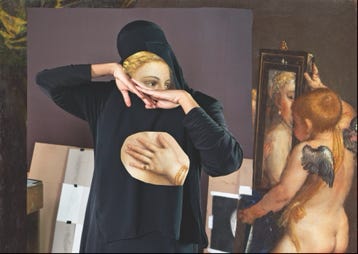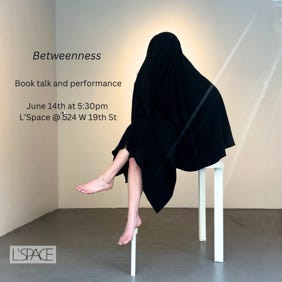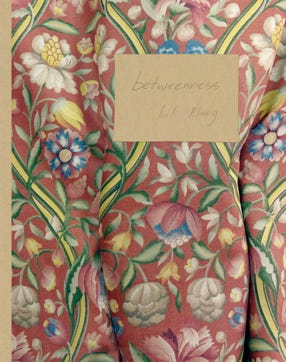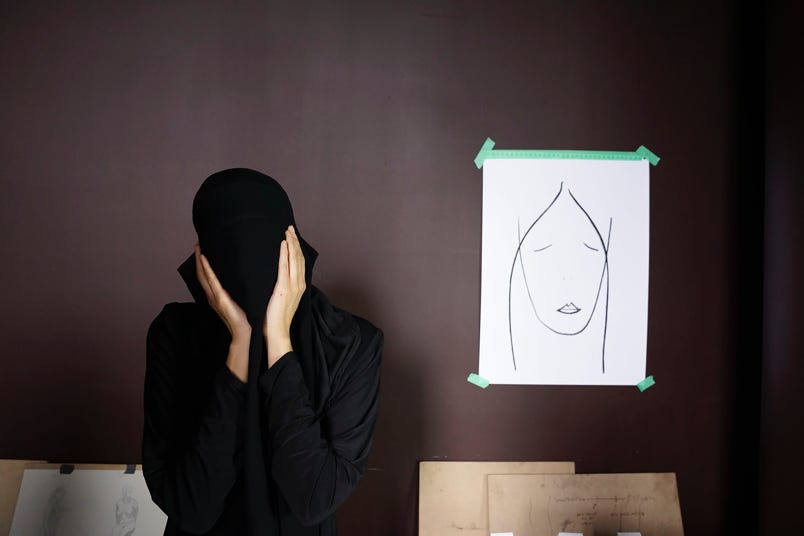
What is Behind the Mask
Curated by Vera Pilpoul and Hermano Tedashi
Museum of Italian Jewish Art
25 Hilel Street, Jerusalem Israel
Opening March 10, 2024
Jewish Museum of Casale Monferrato, Italy
Opening November 12, 2023
https://www.moija.org/en
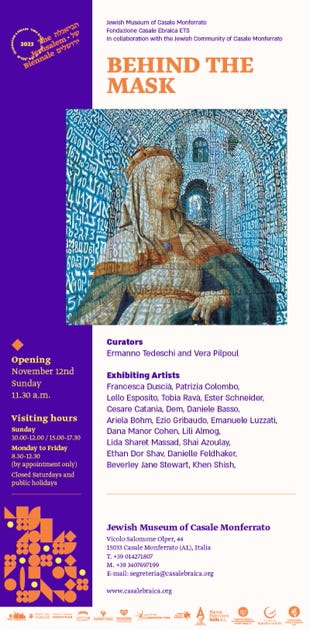
Contemporary Photography: Between Stage and Performance
September 19 - 25, 2023
Pingyao International Photography Festival, Pingyao, China
Participating artists: Lili Almog, Suzanne Banning, Patty Carroll, Kathryn Dunlevie, Boris Eldagsen, Juergen Koenigs, Dan Nelken, Michelle Sank.
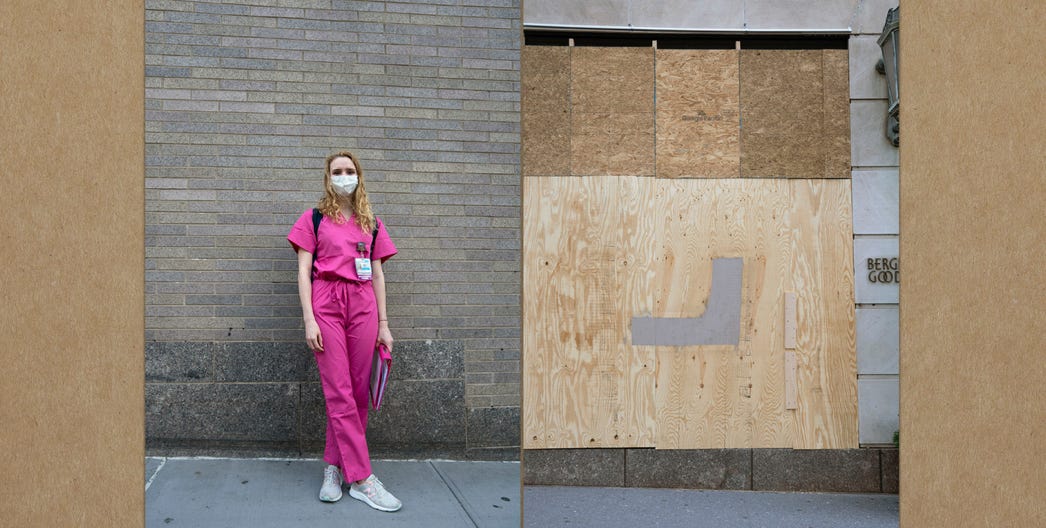
•
•
pick of this season’s best new photobooks by
•
Gallery Talk with Jean Dykstra
+ performance
June 14, 2003
L’SPACE
524 West 19 Street
New York NY 10011
•
https://collectordaily.com/lili-almog-betweenness/
•
Link

